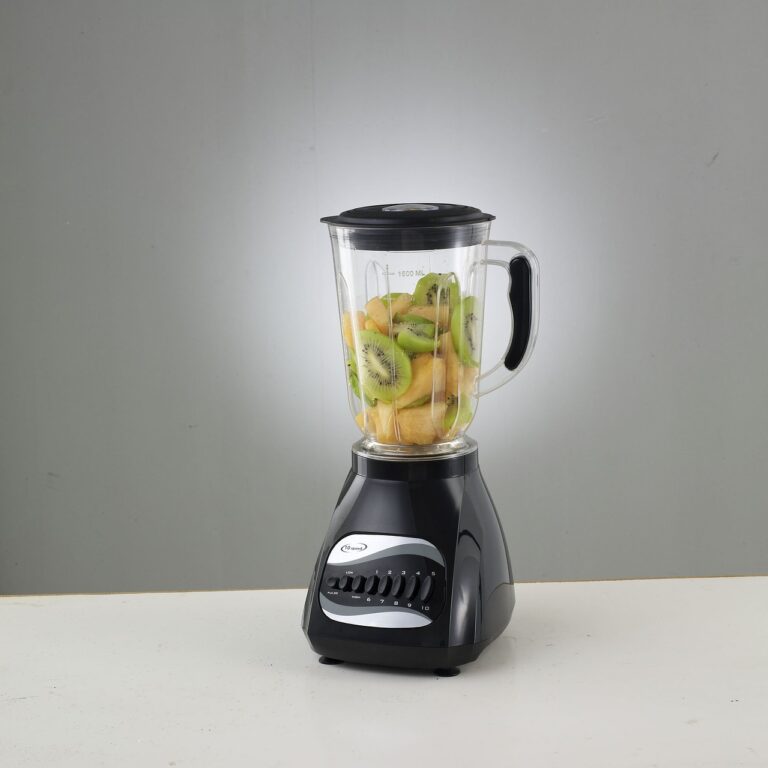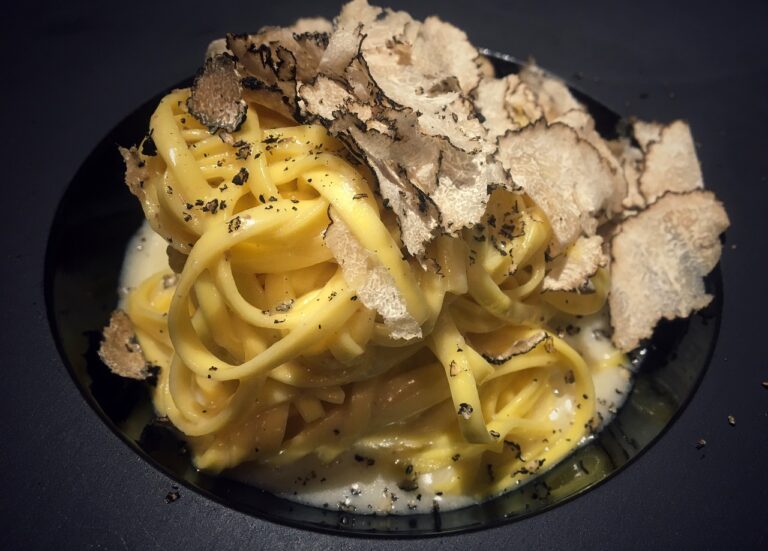The Ultimate Guide to South Indian Rasam Powder: Spice Up Your Culinary Journey
Introduction
South Indian cuisine is renowned for its rich flavors, diverse ingredients, and aromatic spices. Among the many culinary treasures from this region, Rasam Powder stands out as a versatile and essential ingredient. This vibrant spice blend not only enhances the flavor of the classic Rasam dish but also adds a unique twist to various recipes. In this guide, we explore the origins, composition, and myriad uses of Rasam Powder, as well as tips on making your own at home.
The Origin of Rasam Powder
Rasam, also known as “charu” or “saaru,” is a traditional South Indian soup that has been a staple in households for centuries. It’s typically made with tamarind juice, tomatoes, and a mix of spices, providing a tangy and spicy flavor. The essence of Rasam lies in its spice blend, known as Rasam Powder. This spice mix has roots in the kitchens of Tamil Nadu, Karnataka, and Andhra Pradesh, where each region has its unique variation.
Historical Significance
The use of spices and herbs in Rasam dates back to ancient times when they were believed to have medicinal properties. Over the years, the recipe has evolved, incorporating various spices and ingredients to cater to different tastes and preferences.
Composition of Rasam Powder
Rasam Powder is a carefully crafted blend of spices that contribute to its distinctive flavor profile. While recipes may vary, the following ingredients are commonly found in Rasam Powder:
- Coriander Seeds: These provide a mild citrusy and nutty flavor.
- Cumin Seeds: Known for their earthy and slightly bitter taste.
- Black Peppercorns: Adds a sharp and pungent heat.
- Red Chilies: Imparts a fiery kick and vibrant color.
- Mustard Seeds: Offers a subtle nutty flavor and texture.
- Fenugreek Seeds: Contributes a slightly sweet and bitter taste.
- Asafoetida (Hing): Enhances the overall flavor and aroma.
- Curry Leaves: Adds a unique fragrance and flavor.
- Turmeric: Known for its earthy flavor and vibrant color.
Variations
Different regions and households have their variations of Rasam Powder, often including ingredients like dried ginger, garlic, or even lentils for added flavor and texture.
How to Make Rasam Powder at Home
Making Rasam Powder at home is a rewarding experience that allows you to customize the flavor to your liking. Here’s a simple recipe to get you started:
Ingredients
- 1/2 cup coriander seeds
- 2 tablespoons cumin seeds
- 1 tablespoon black peppercorns
- 10-12 dried red chilies
- 1 teaspoon mustard seeds
- 1 teaspoon fenugreek seeds
- 1/4 teaspoon asafoetida (hing)
- 10-12 curry leaves
- 1/2 teaspoon turmeric powder
Instructions
- Roast the Spices: In a dry pan, roast coriander seeds, cumin seeds, black peppercorns, mustard seeds, fenugreek seeds, and red chilies on medium heat. Stir frequently to avoid burning.
- Add Curry Leaves and Asafoetida: Once the spices are fragrant and slightly darkened, add the curry leaves and asafoetida. Roast for another minute.
- Cool and Grind: Remove from heat and let the mixture cool. Grind the spices into a fine powder using a spice grinder or blender.
- Store: Transfer the Rasam Powder to an airtight container and store it in a cool, dry place. It can be used for up to 6 months.
Culinary Uses of Rasam Powder
While Rasam Powder is traditionally used to make Rasam, its applications extend far beyond. Here are some creative ways to use this versatile spice blend:
1. Flavor Enhancer for Soups and Stews
Add a teaspoon of Rasam Powder to your favorite soups and stews for an extra kick of flavor. It pairs well with both vegetarian and non-vegetarian dishes.
2. Spice Up Rice Dishes
Mix Rasam Powder with cooked rice and a drizzle of ghee or oil for a quick and flavorful meal. You can also use it to make spiced rice dishes like Lemon Rice or Tamarind Rice.
3. Marinades and Rubs
Combine Rasam Powder with yogurt or oil to create a marinade for meats and vegetables. The spices will infuse the food with a deliciously tangy and spicy flavor.
4. Seasoning for Snacks
Sprinkle Rasam Powder over roasted nuts, popcorn, or potato chips for a savory snack with a South Indian twist.
5. Flavoring for Lentils and Beans
Enhance the taste of lentil or bean dishes by adding a teaspoon of Rasam Powder during cooking. It complements the earthy flavors of legumes.
Health Benefits of Rasam Powder
Beyond its culinary uses, Rasam Powder offers several health benefits due to its rich composition of spices:
- Digestive Aid: The spices in Rasam Powder, such as cumin, black pepper, and asafoetida, are known for their digestive properties, helping to alleviate bloating and indigestion.
- Anti-inflammatory: Turmeric and fenugreek seeds have anti-inflammatory properties that can help reduce inflammation in the body.
- Rich in Antioxidants: The blend of spices is a good source of antioxidants, which protect the body from free radicals and oxidative stress.
- Immune Booster: The spices in Rasam Powder, particularly black pepper and cumin, are known to boost immunity and promote overall health.
Conclusion
Rasam Powder is a versatile and flavorful spice blend that can elevate your cooking to new heights. Whether you’re making the traditional Rasam or experimenting with new recipes, this aromatic powder is a must-have in your spice cabinet. By making your own Rasam Powder at home, you can enjoy the authentic flavors of South Indian cuisine while reaping its health benefits. So, go ahead and spice up your culinary journey with this delightful spice blend!






